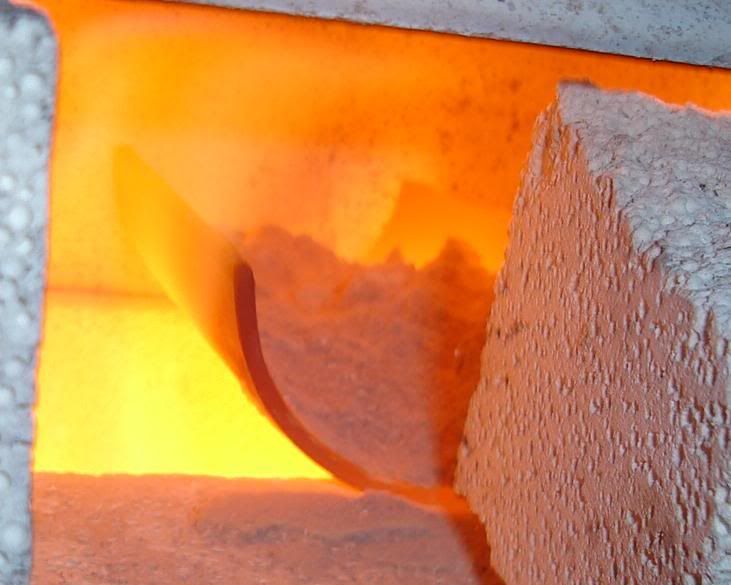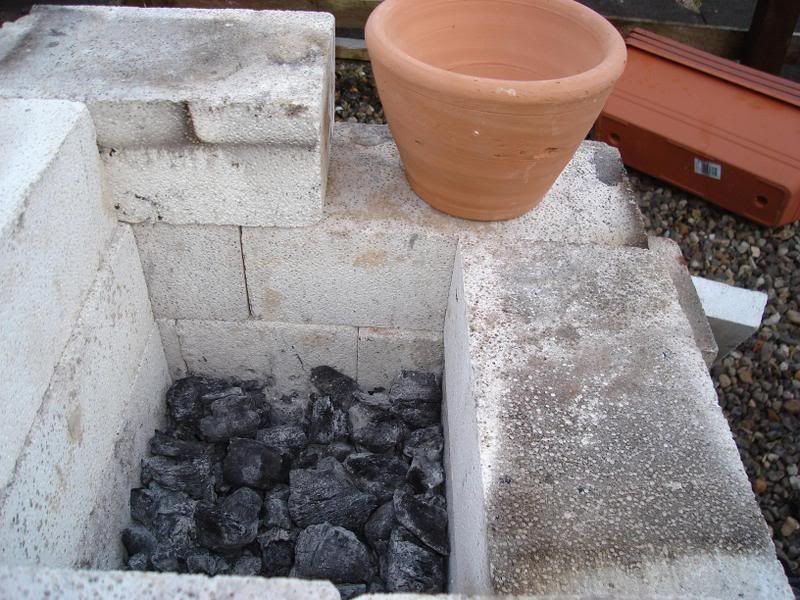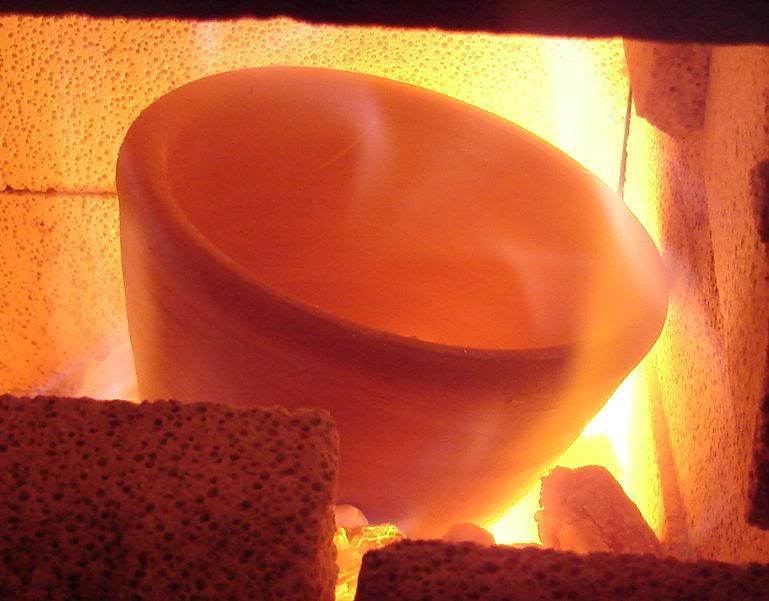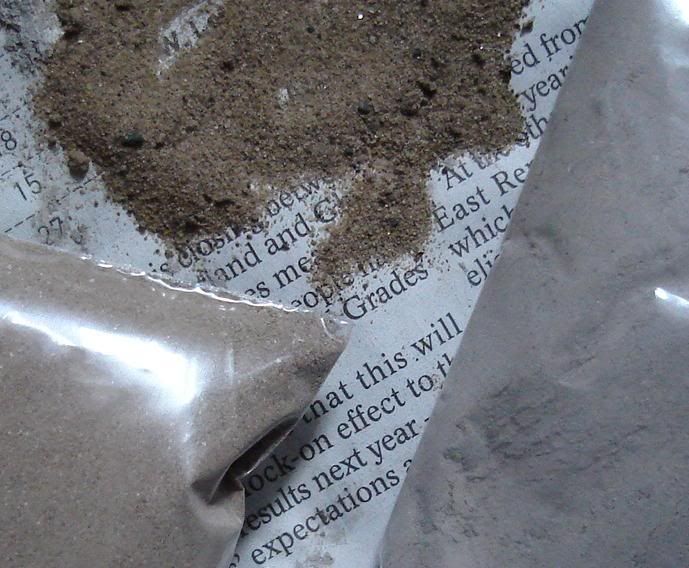Another mysterious method
Take unslaked lime, mix oil into the lime, wetting it as thoroughly once or twice. Then pour it into a distillation vessel. Also add a caustic solution [?] whereby you pour it all over until it is 2 fingers deep. Now fill this divine water into another flagon. After that, take a linen cloth and dampen it with this water and expose it to the fire. If the cloth burns, you know that it was not prepared well. Make the lime preparation again with other un-slaked lime and repeat as before until successful, ie until the fabric no longer catches fire.
My attention was caught by this, and I began to wonder what it was and whether it actually worked.
The article’s author only had this to say about the recipe:
Un-slaked lime has been a component of widely varied fire-proof products throughout the modern period. See the Curioser Kunstler (1 133/257/305/348)
Not enough for my curiosity. So I decided to try and replicate the recipe.
Now, at first sight it looks pretty silly. Oil and quicklime? The oil would prevent the quicklime from contact with water, but then if you distilled it with a caustic solution, what you would get might well be a solution of metallic salts, which when put onto cloth would result in, when dried, a layer of metal complex salts that I suppose would retard combustion a bit.
I set up my furnace as below, with the pot containing the ingredients sitting on top of some broken bricks, to raise it above the flames.

I mixed 30 grams of quicklime with olive oil, being what I had handy. Then I mixed some sodium hydroxide crystals with water, and poured that in as well. It started boiling over pretty quickly after I put it in the flames, and I lost a fair bit of vapour that did not condense out, although it was probably water. After about 20 minutes I stopped the process, and what was left in the bottom of the vessel was a lump of slightly foamed material.
What had come over was liquid, and smelt funny. It was perhaps a little bit more gloopy than I would expect for plain water.
So I dipped several pieces of linen into the liquid and dried them. They all burnt, although just a little bit slower than normal. This was not good, but not unexpected given the uncertain nature of what I was attempting. The recipe says to expose them to the fire after dipping them in the solution, but seeing as you can get the same effects by dipping the cloth in water, I figure that the liquid is supposed to form a coating. After all, a fire retardant coating would be useful on something like an apron, which comes close to a fire regularly, but it would be very impractical to keep it wet all the time.
After some googling and reading up on things, it appears that linseed oil would be the best to use, there being mention of its use in fireproof glue.
(http://www.wholesaleexporter.com/fireproof-glue.htm)
It also seems that anaerobically heating linseed oil to 300C makes it polymerize. I think that such a polymerized oil would not be so easily burnt, and would thus act as a fire retardant. In fact some polymers are sold as fire proof, because they are highly polymerized and their outer layers are already reacted with oxygen during the manufacturing stage, meaning there is nothing that will catch fire, unless you apply so much heat as to break down the polymer chains themselves.
So next time I shall use linseed oil, and boil it for longer at higher temperatures. This should help isolate the exact way this works. Possibly the action of the lime and sodium hydroxide solution is to keep the linseed oil isolated from the atmosphere enough to begin polymerizing. Or maybe not. It is frustratingly unclear.



